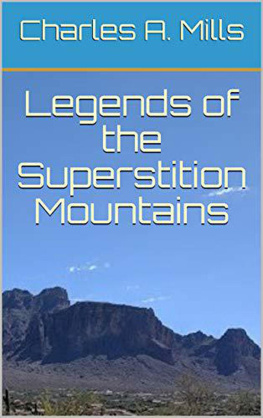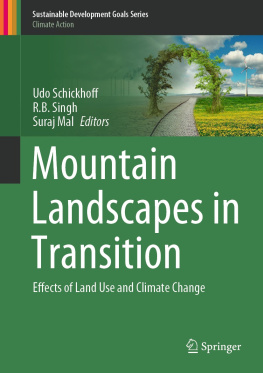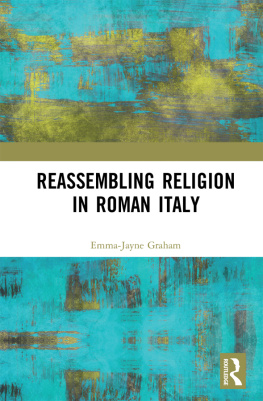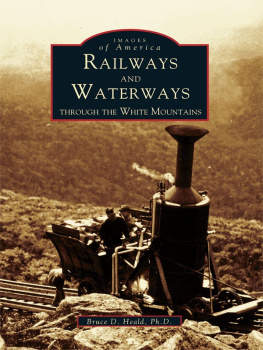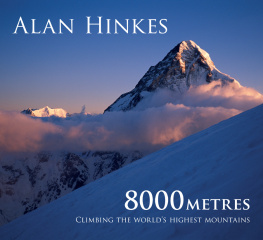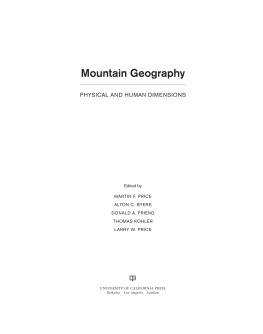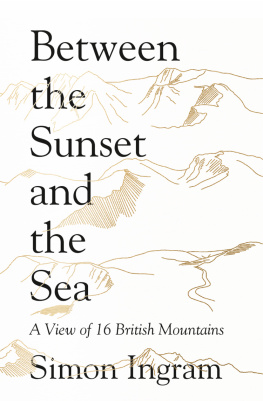Darrelyn Gunzburg (editor) - Space, Place and Religious Landscapes: Living Mountains (Bloomsbury Studies in Material Religion)
Here you can read online Darrelyn Gunzburg (editor) - Space, Place and Religious Landscapes: Living Mountains (Bloomsbury Studies in Material Religion) full text of the book (entire story) in english for free. Download pdf and epub, get meaning, cover and reviews about this ebook. year: 2020, publisher: Bloomsbury Academic, genre: Romance novel. Description of the work, (preface) as well as reviews are available. Best literature library LitArk.com created for fans of good reading and offers a wide selection of genres:
Romance novel
Science fiction
Adventure
Detective
Science
History
Home and family
Prose
Art
Politics
Computer
Non-fiction
Religion
Business
Children
Humor
Choose a favorite category and find really read worthwhile books. Enjoy immersion in the world of imagination, feel the emotions of the characters or learn something new for yourself, make an fascinating discovery.

- Book:Space, Place and Religious Landscapes: Living Mountains (Bloomsbury Studies in Material Religion)
- Author:
- Publisher:Bloomsbury Academic
- Genre:
- Year:2020
- Rating:3 / 5
- Favourites:Add to favourites
- Your mark:
Space, Place and Religious Landscapes: Living Mountains (Bloomsbury Studies in Material Religion): summary, description and annotation
We offer to read an annotation, description, summary or preface (depends on what the author of the book "Space, Place and Religious Landscapes: Living Mountains (Bloomsbury Studies in Material Religion)" wrote himself). If you haven't found the necessary information about the book — write in the comments, we will try to find it.
Exploring sacred mountains around the world, this book examines whether bonding and reverence to a mountain is intrinsic to the mountain, constructed by people, or a mutual encounter. Chapters explore mountains in England, Scotland, Wales, Italy, Ireland, the Himalaya, Japan, Greece, USA, Asia and the Andes, and embrace the union of sky, landscape and people to examine the religious dynamics between human and non-human entities.
This book takes as its starting point the fact that mountains physically mediate between land and sky and act as metaphors for bridges from one realm to another, recognising that mountains are relational and that landscapes form personal and group cosmologies. The book fuses ideas of space, place and material religion with cultural environmentalism and takes an interconnected approach to material religio-landscapes. In this way it fills the gap between lived religious traditions, personal reflection, phenomenology, historical context, environmental philosophy, myths and performativity.
In defining material religion as active engagement with mountain-forming and humanshaping landscapes, the research and ideas presented here provide theories that are widely applicable to other forms of material religion.
Darrelyn Gunzburg (editor): author's other books
Who wrote Space, Place and Religious Landscapes: Living Mountains (Bloomsbury Studies in Material Religion)? Find out the surname, the name of the author of the book and a list of all author's works by series.

